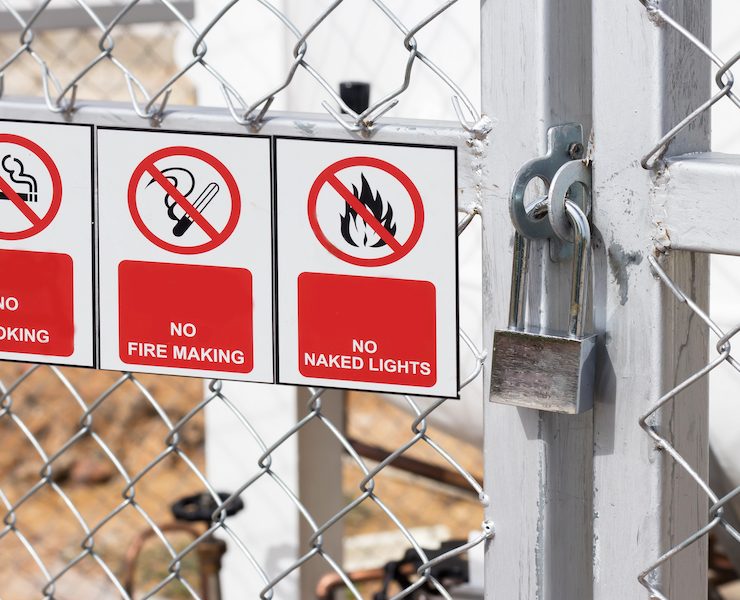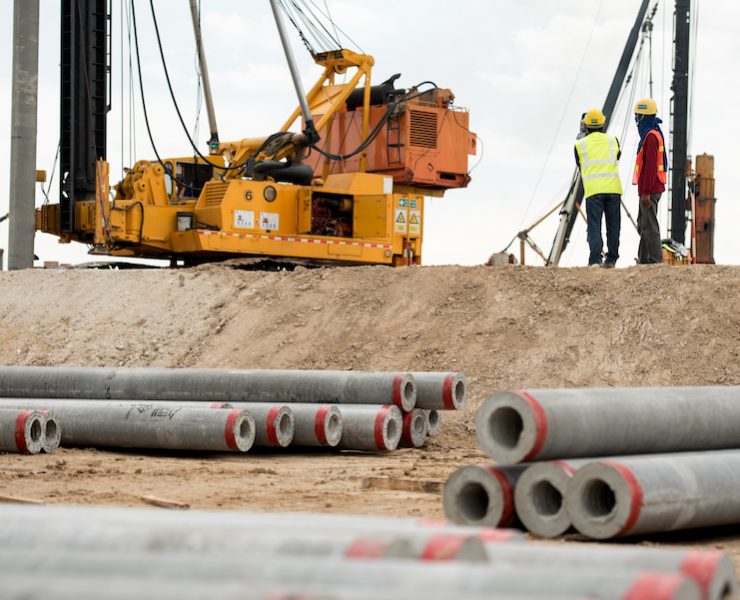Safety & Risk in Construction: The Importance of Technology


View the complete article here.
Construction is inherently risky to limb and life. This is in part due to the fact a construction site is a mobile factory, set up quickly, dismantled at the end, and without the ergonomic repetition and lengthy planning of a Henry Ford factory or modern robotics.
Hundreds of workers may assemble, in a mix of new teams of hard- bid prime contractors, subcontractors and design teams who have not worked together before, and who, as a group, are strangers, and untested as a cohesive unit.
The work invariably has costly, liquidated damage penalties, fretful investors, traffic control and delivery challenges, that resemble an ant hill of activity fighting over limited space and time to accomplish big things on budget.
Therefore, human factors, planning, and risk or error, as well as safety partnering and valuing, all have to be dealt anew and fresh, from scratch, when a new site is surrounded by the security fence. Where the work is located in the middle of a busy highway, bridge, or airport, these risks double or triple.
The modern view says everyone goes home safe, every day, and these risks must be contained to zero or new zero. Not just for its economics of liability and project delay, but fundamentally, as a basic value proposition and code to live by and preach to the team, as job rule 1, 2, and 3.
Modern technology can solve or simplify many of these safety challenges – and it is time for BIM (Building Information Model) modeling of safety plans, lift plans, to use AutoCAD and similar software tools not just to build the building, but to build out the safety plan mock up in its own virtual township on the job. “Where is your BIM Safety Submittal?” Yep, it’s coming.
There was no reason to do the bridge placement and final construction stages with traffic open. None. It was like asking a homeowner to walk under a painter’s ladder while he was painting. We would never do that. Accidents do happen. That is why you do not stand under the pile.
The word “wellness” – the modern mantra of healthy living as redefining a core shift in American medical service delivery – is nothing more than safety-thinking applied to sustaining a good life as long as possible.
Safety-thinking starts on the job, in the pre-job planning over crew composition, access, building-in buffer and recovery spaces so near misses are just that – misses.
Safety is the core of wellness. Safety-based thinking therefore, is the fundamental principal of job execution and is built into the project schedule.
While breathers are part of it, OSHA now expects a project plan on reducing ambient silica dust in the air. For the 110-page guideline, go to www.osha.gov/safetyandhealthtopics/silica.
The Latin root of the word “safety” is “salus” which means health and later in French became “sauf” or “protected, watched over, assured of salvation.” That’s a good code to combine with modern technology. A code that is safety: the first building block of wellness.
Many rightly say, more red tape, more job slow down, more bureaucracy, and alarmism. All of that is worth discussing, while setting forth a compliance plan that removes risk and applies true entrepreneurial ingenuity to risk, safety and these never ending new rules.
I once attended a pile driving crew’s morning safety meeting where the foreman announced, “none of this is worth a broken fingernail, let’s all go home safe today to our families and loved ones.” That was a simple way to say it.
Sauerkraut juice! Anti-dizziness diets. Nice SP 50 sunscreen and wind googles! Bless Strauss for wanting as little blood on his hands as possible.
There are many good examples of safety plans or checklists. One I like is at www.chevronpipeline.com/documents/cpl_contractorjobsafetyplantemplate.docx
It sets forth basic tenets: “do it safety or not at all, there is always time to do it right and when in doubt, find out.” Everyone is authorized to stop the job in the event of perceived safety risk – with lists of hazards and boxes to define mitigations.
In piling, risks usually occur when loading and unloading pile, lifting the pile and boom, moving into position, site and laydown access, avoiding overload, and ensuring foreman, spotter and oiler’s attention are on the operation, and clear hand signals are given.
I recommend use of a written critical lift plan for all critical lifts, including a pre-site discussion on what are the critical lifts and how they will be accomplished.
Finally, I recommend inclusion of a “no improvising” rule. If the facts on the ground change, stop, evaluate the lift plan, and have the same management and safety personnel re-think the lift plan.
Over-analyze all near misses for quality control corrections.
On work days before and after holidays, deliberately slow down. Eyeball the team for distraction related to going off to, or coming back from, the family road trip.
Tim Ferris, the author of “The Four-Hour Workweek” teaches that when you are behind at work, do not work more, work more efficiently.
The same can be said about safety. It’s often the orphaned, assumed, rote part of job planning. When on each job, just as the site changes, the safety plan needs to be adjusted and brought current.
I suppose the Latin “salus” became “salut” the French way to say, “cheers, here’s to your health.”
The Pile Driving Industry has been remarkably safe because of exactly that close-knit thinking, like the Pirate’s Code of folks working together in close quarters for many safe passages over rough seas and pitched sea battles.
As always, the safest companies are those that are constantly retooling to stay ahead, across all its work disciplines, and therefore, the most efficient.
If we think of safety as efficiency, it sells itself.
OSHA is trolling for poster children fines – stay out of the penalty box, and circulate the new silica exposure memo. Your team will thank you. Salut!
View the complete article here.
How can modern technology enhance safety in construction projects?
Modern technology, including BIM modeling and safety-focused software tools, can revolutionize safety planning, ensuring a proactive and virtual approach to risk containment on construction sites.
What are some key principles for creating effective safety plans in construction?

















